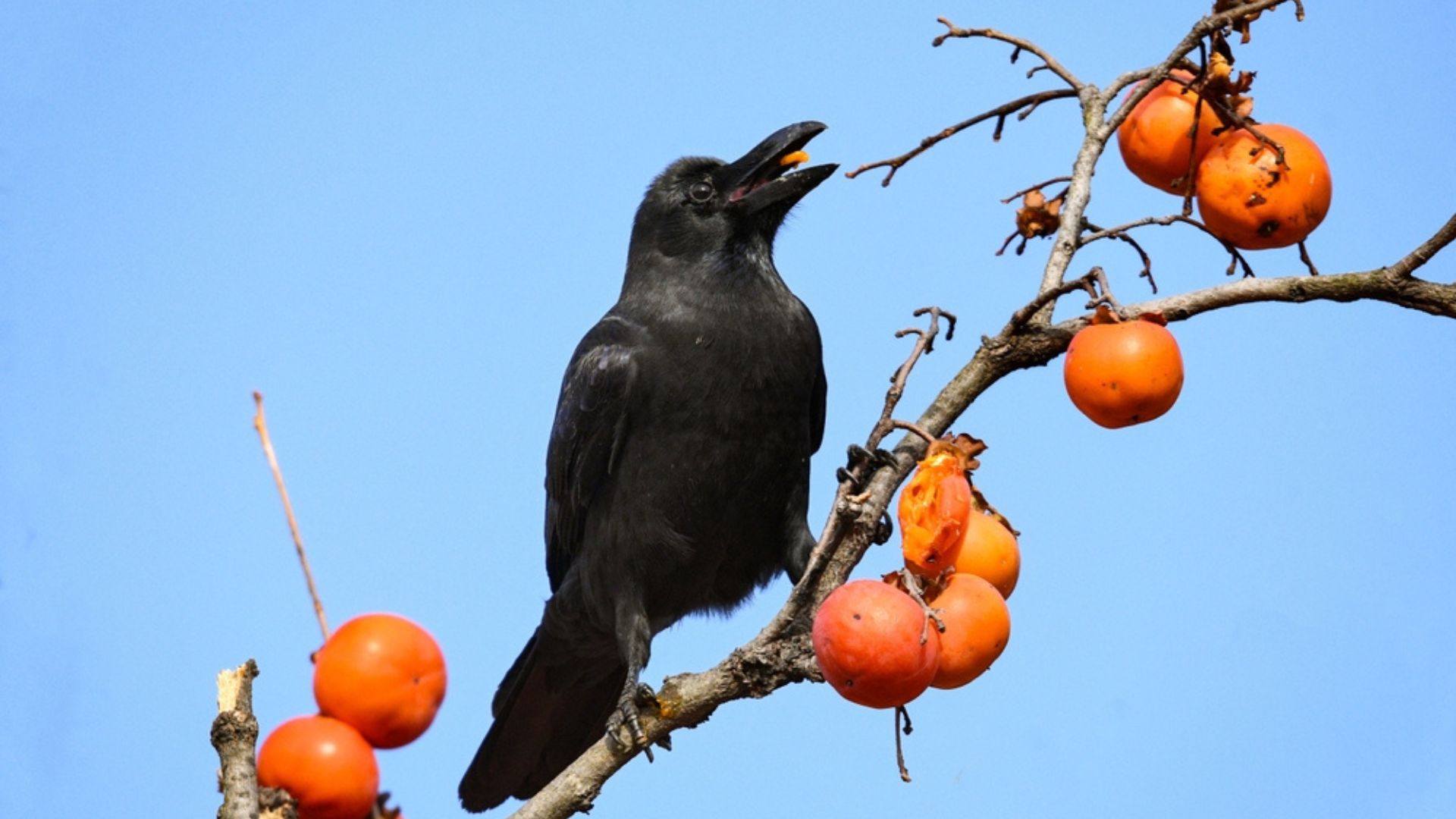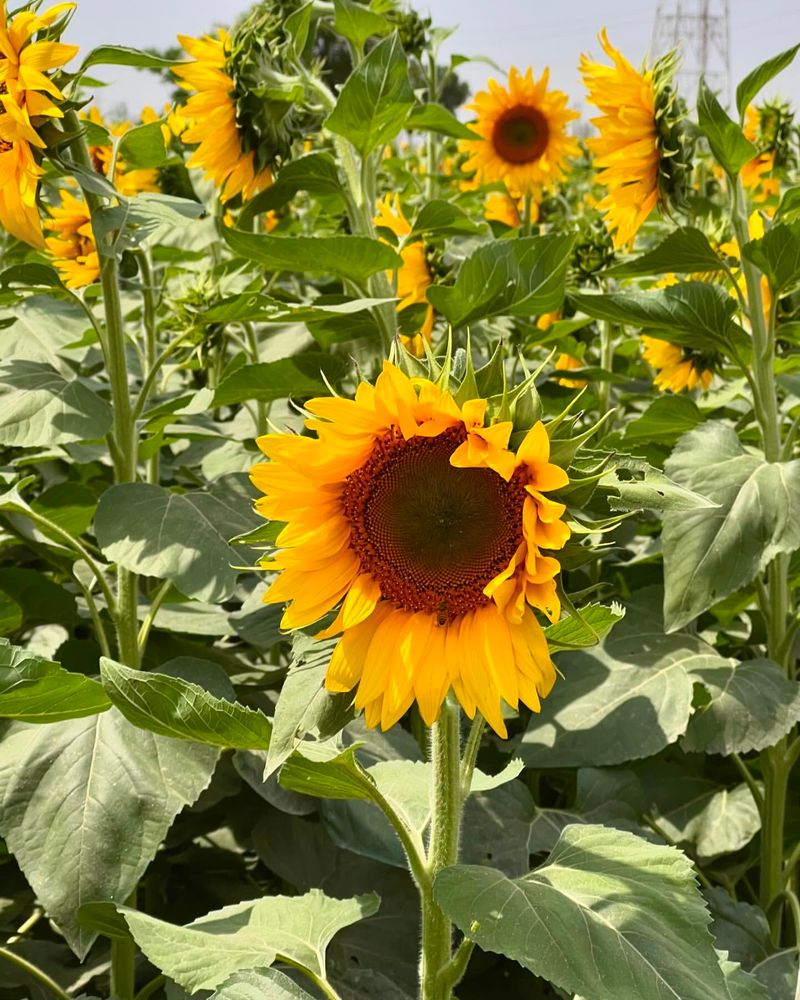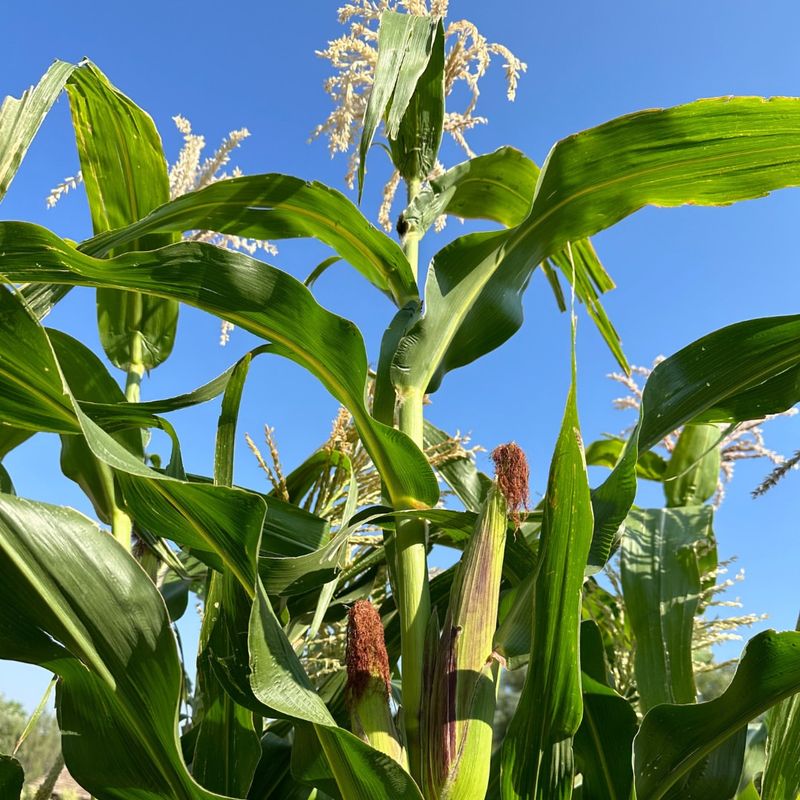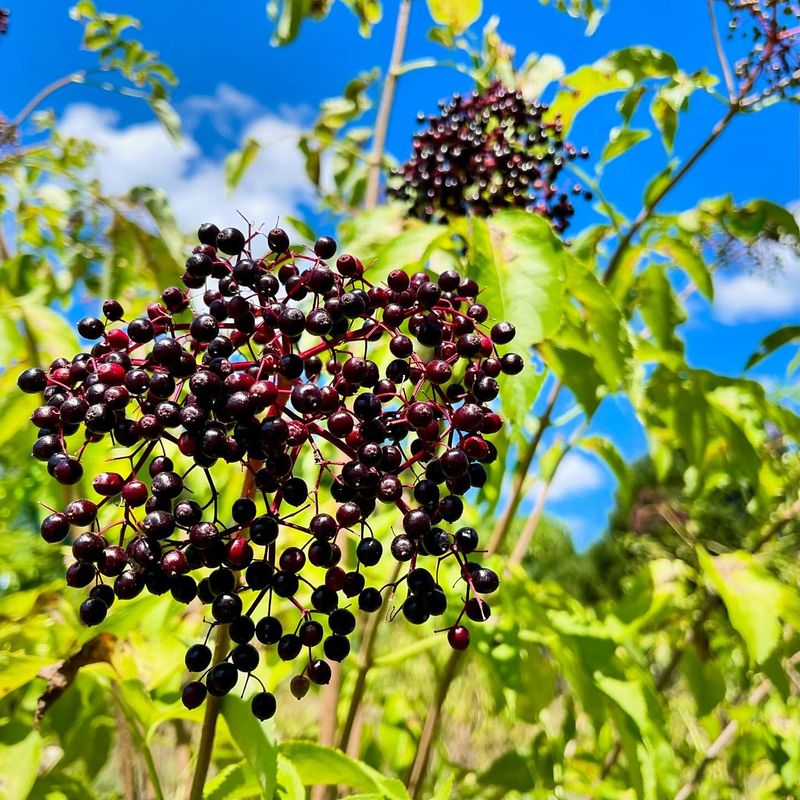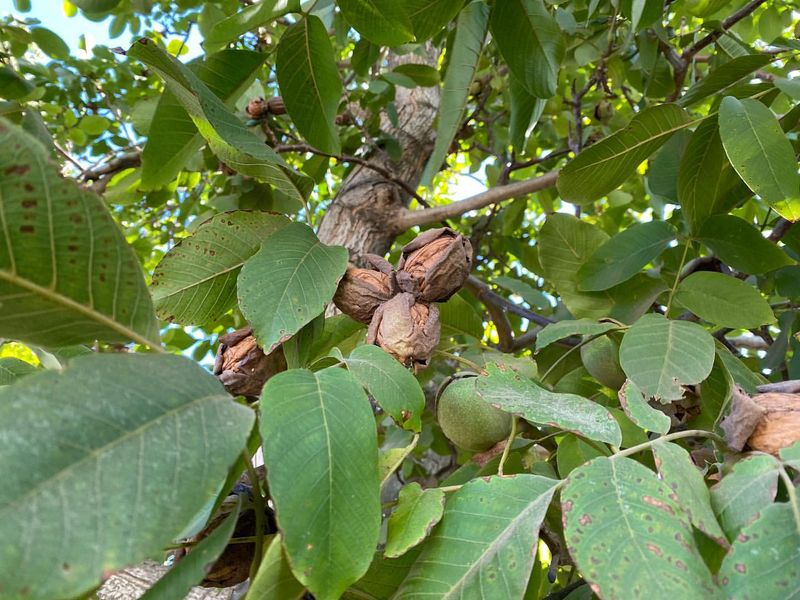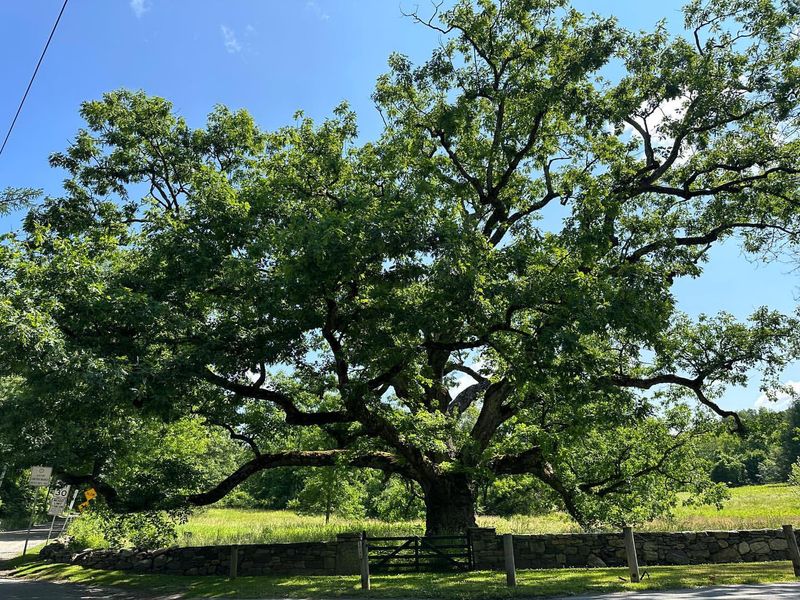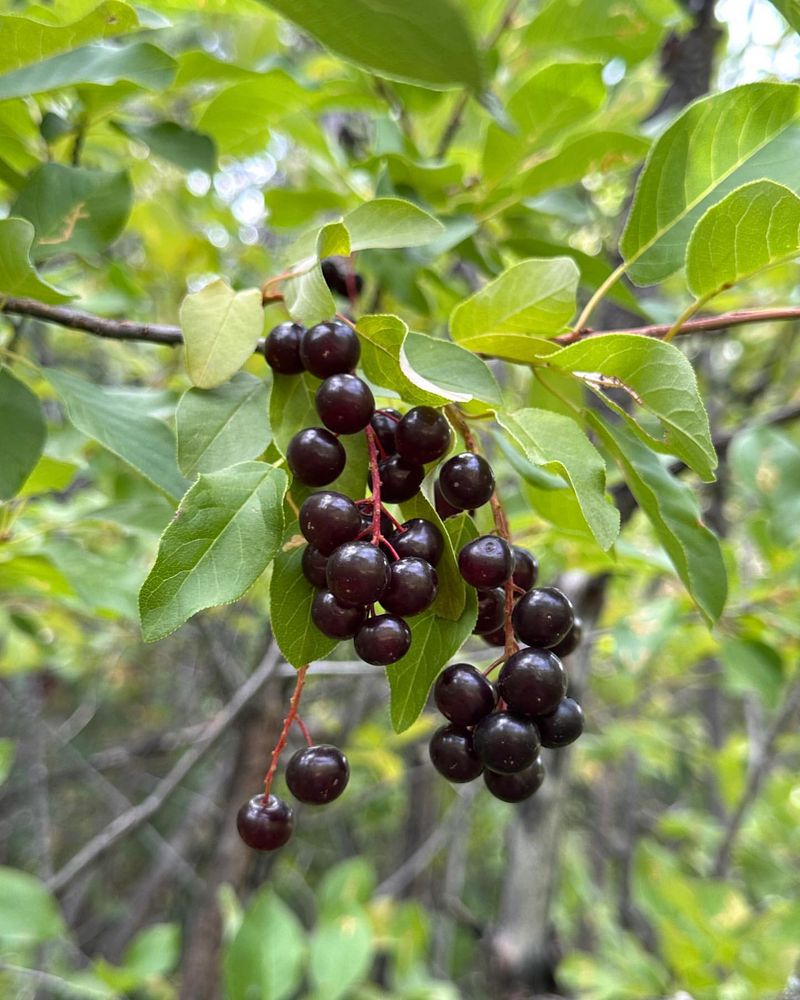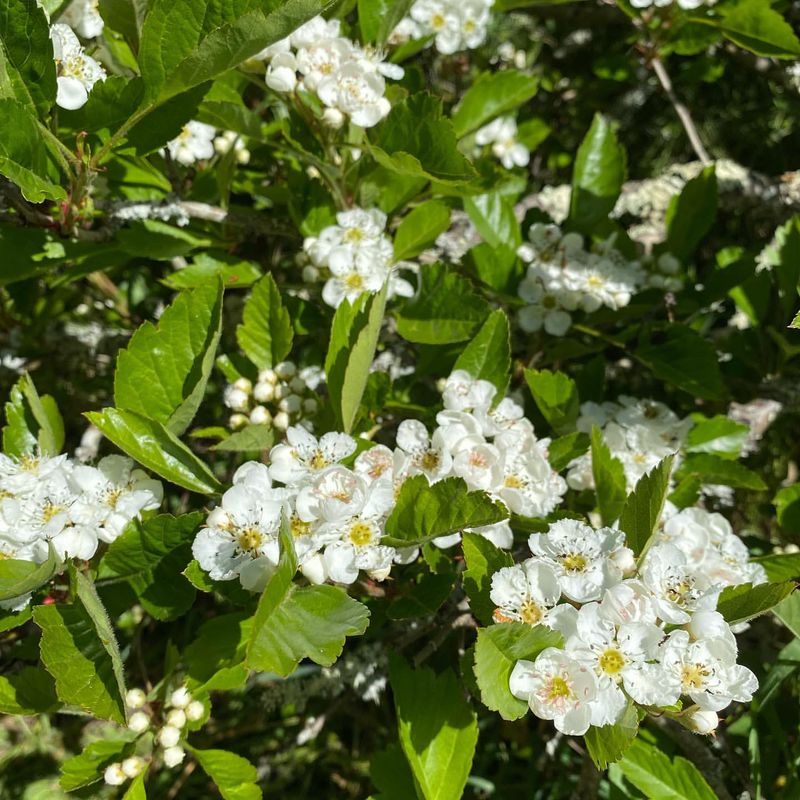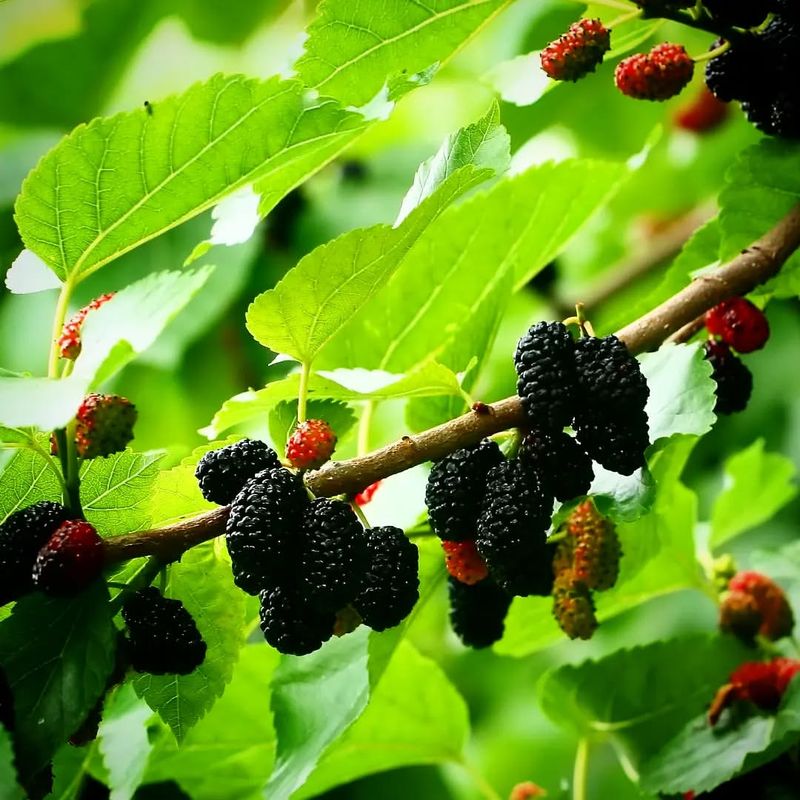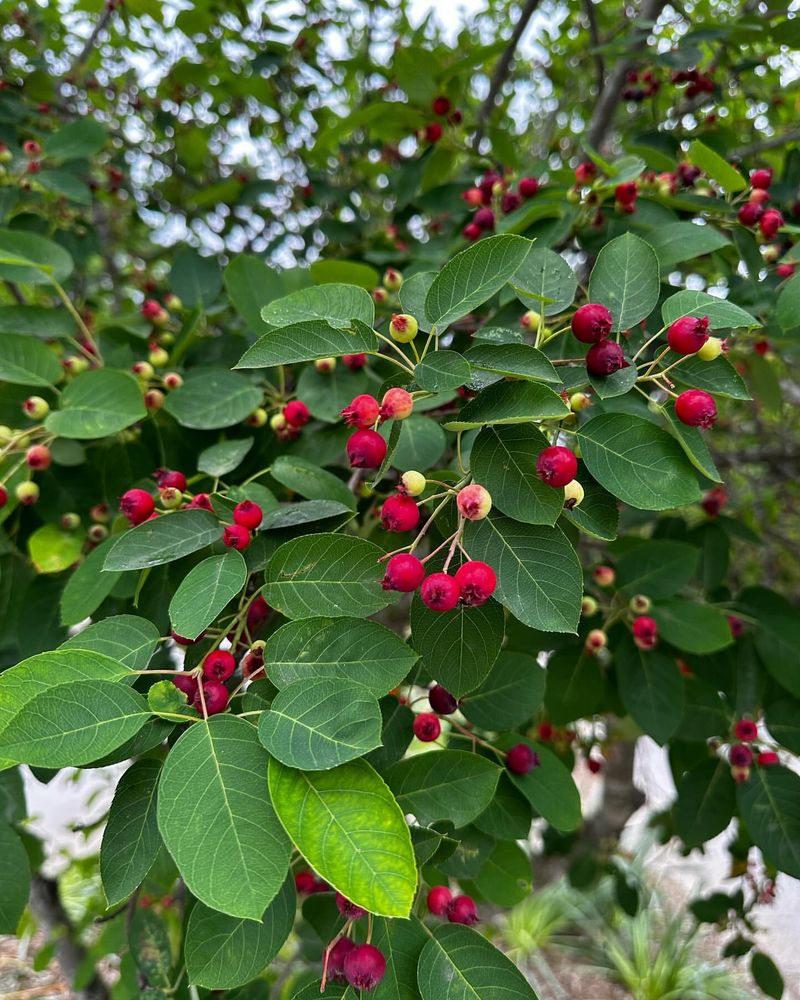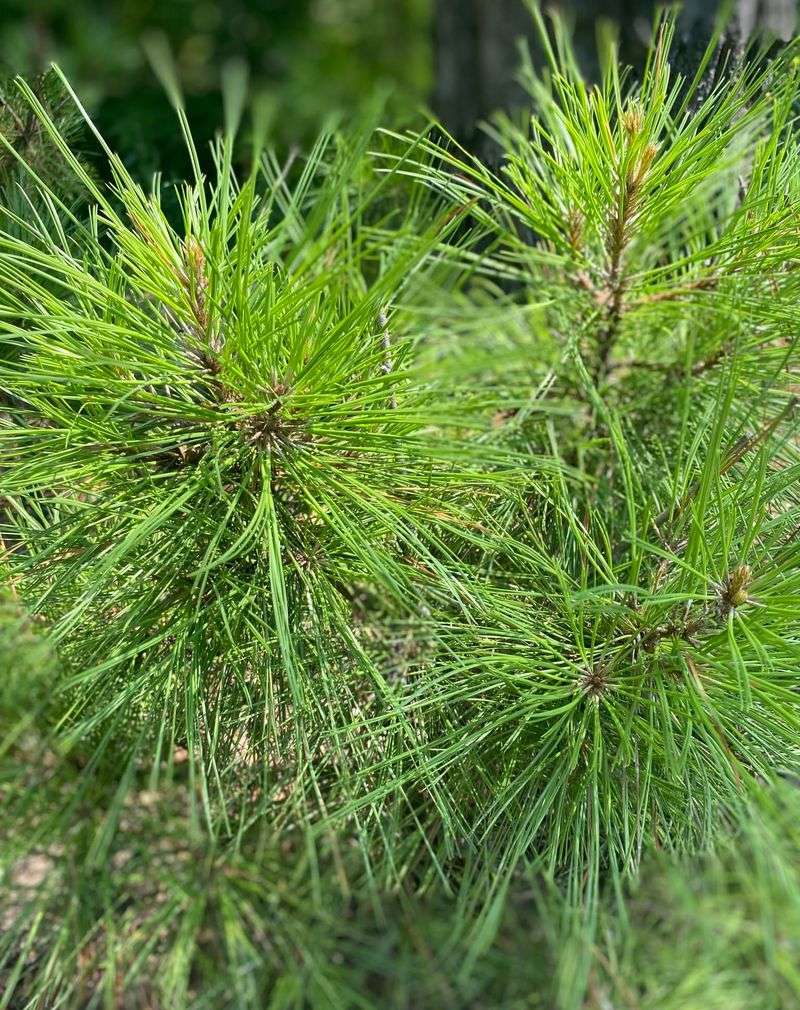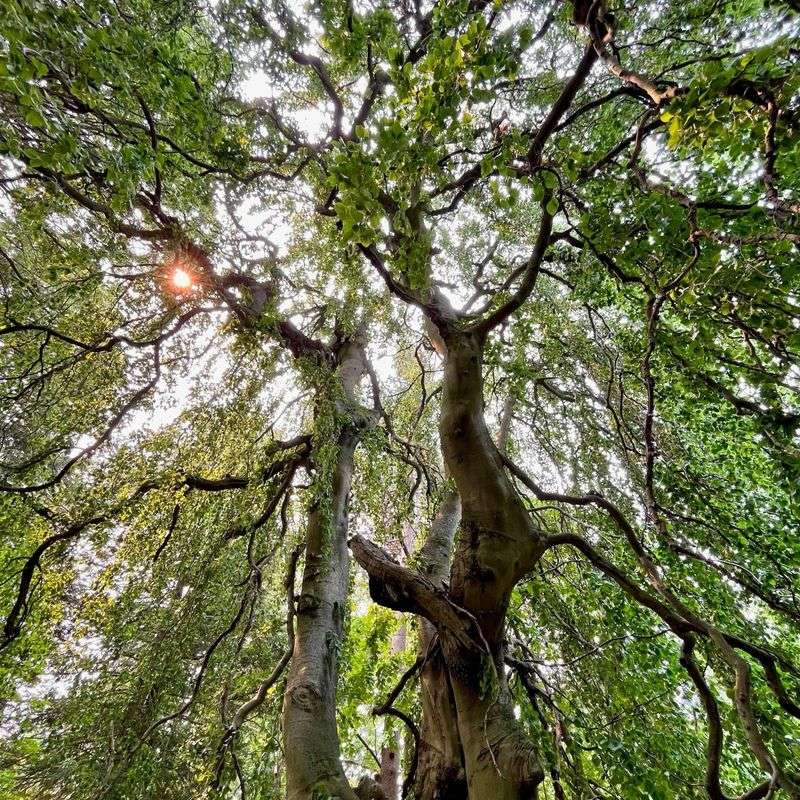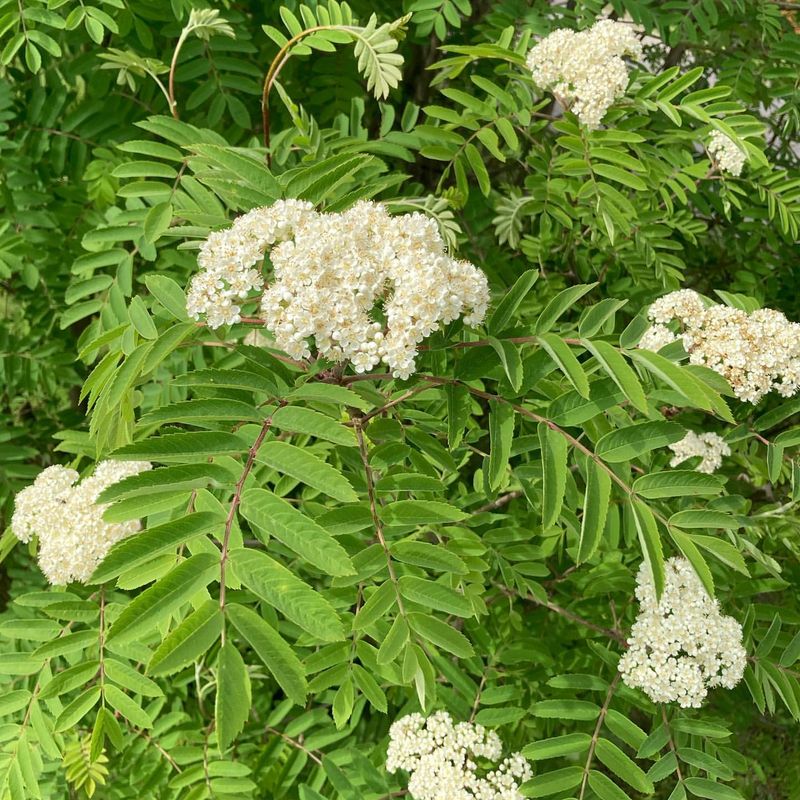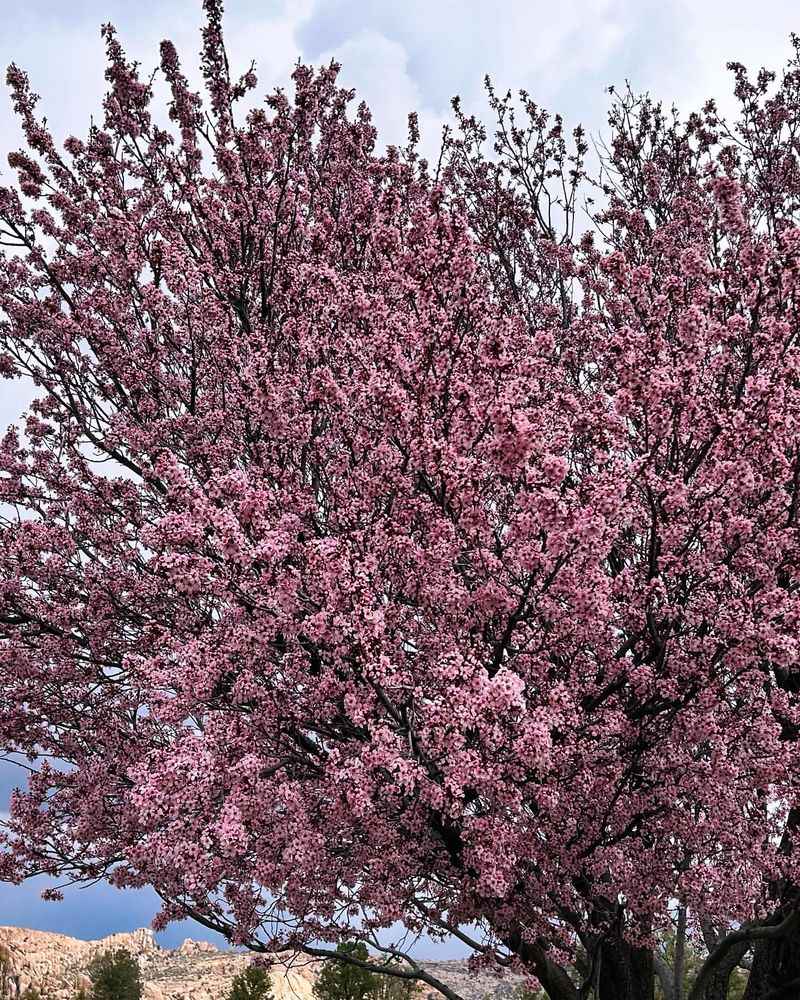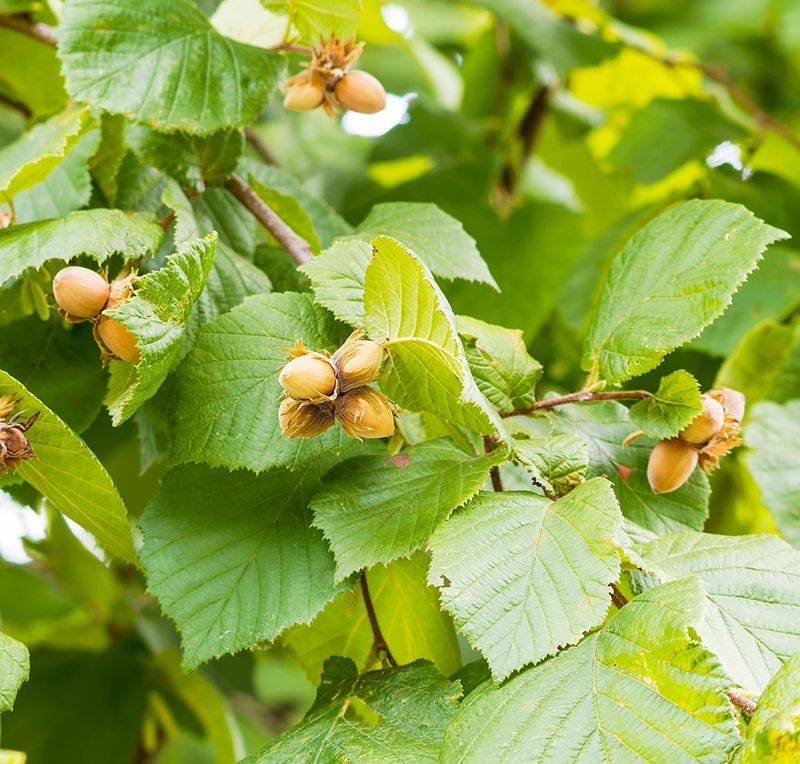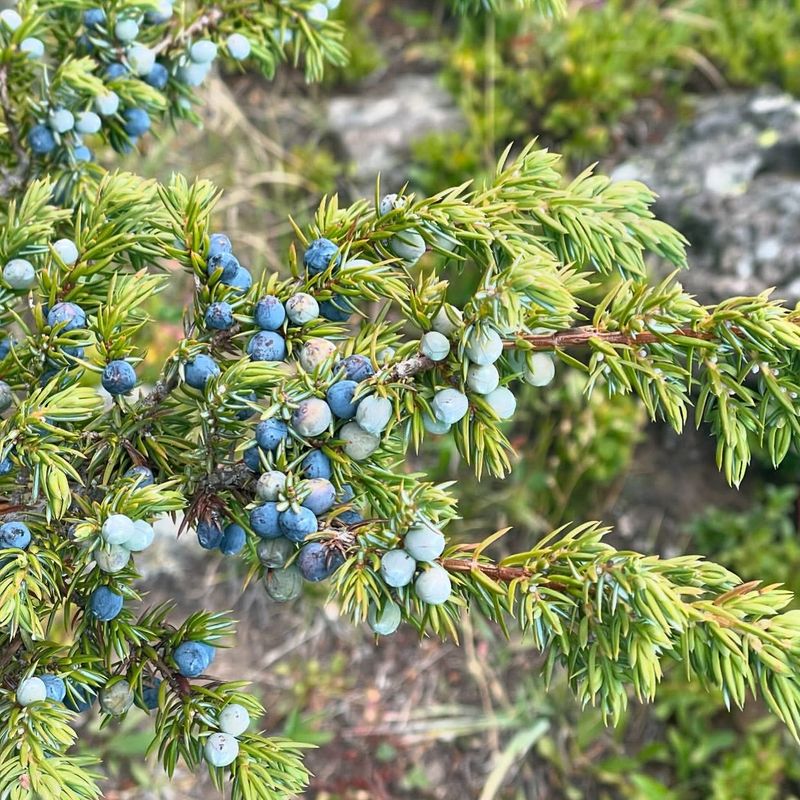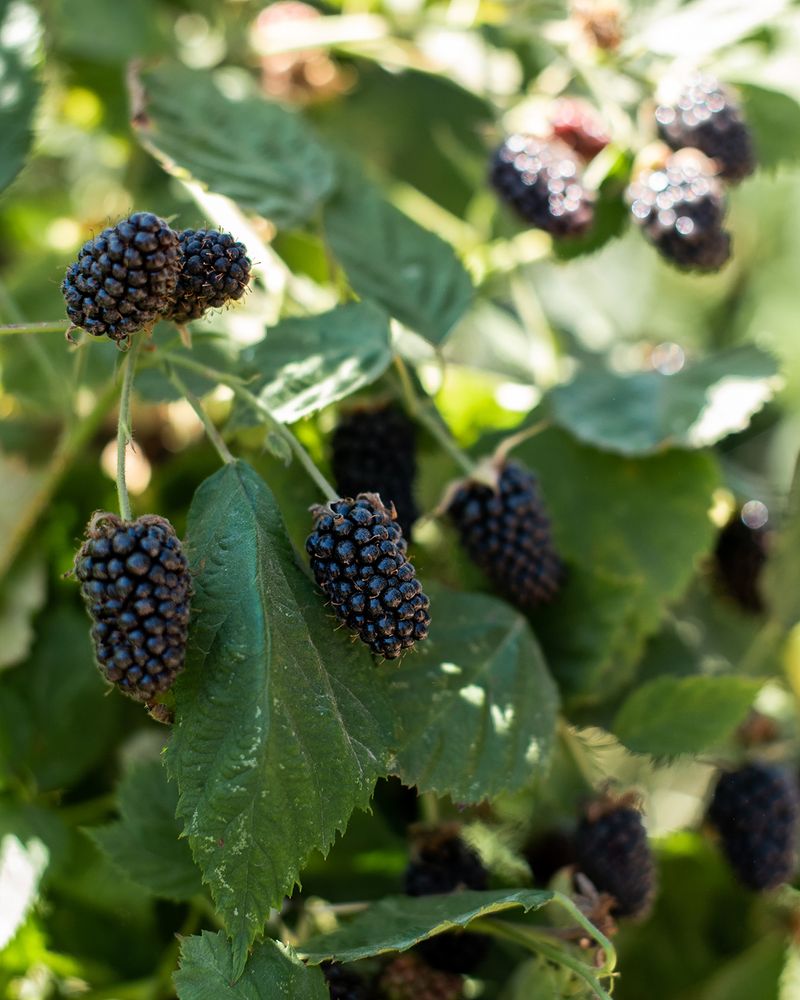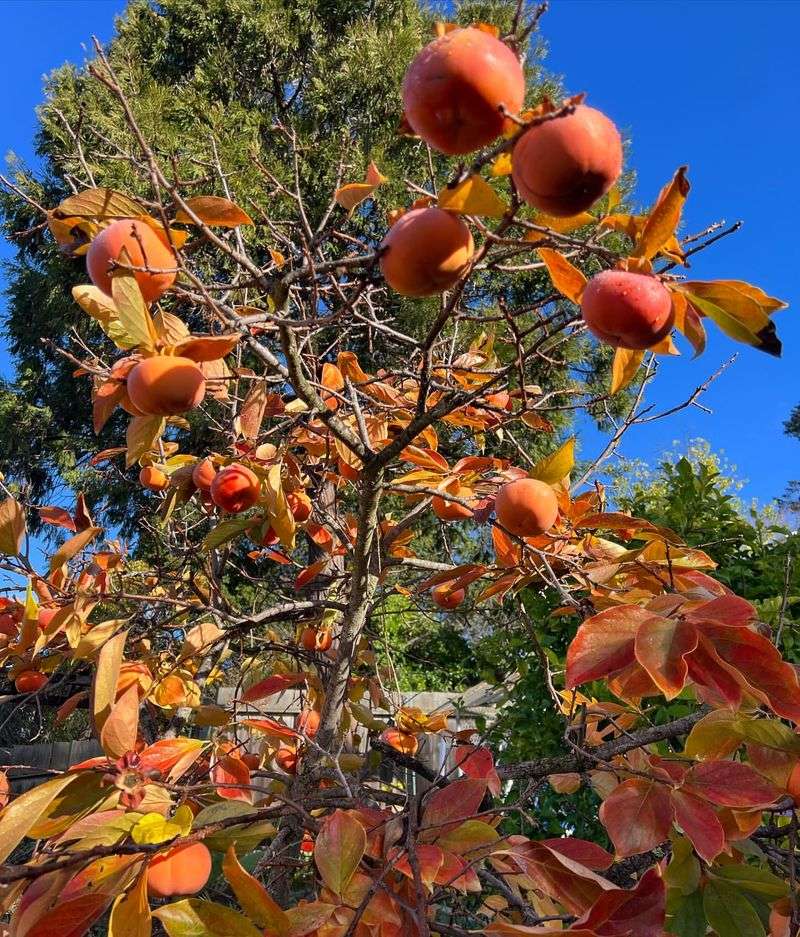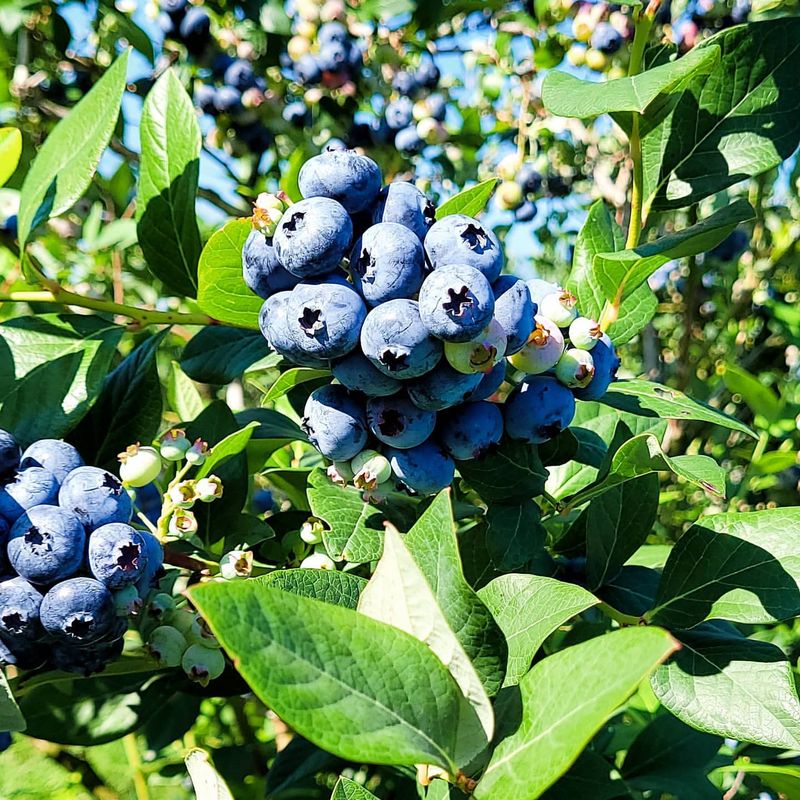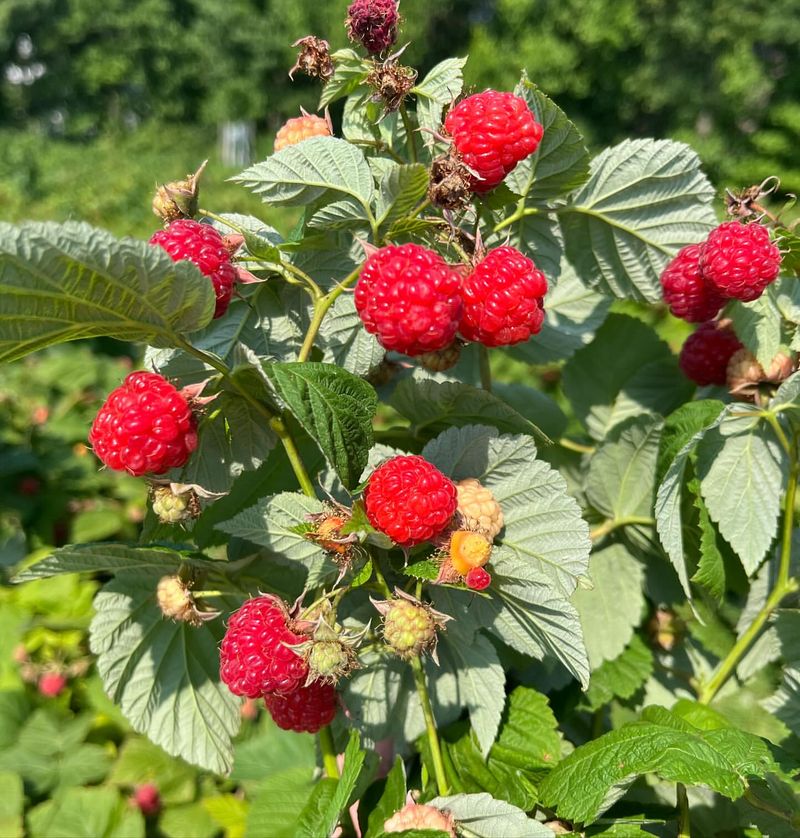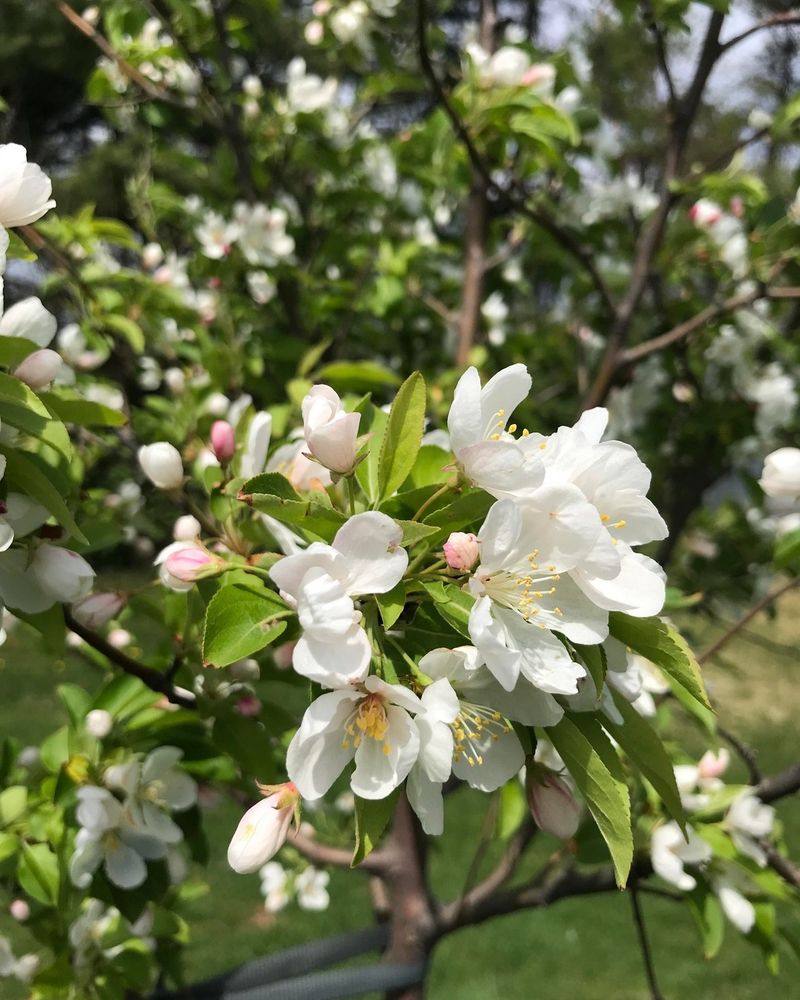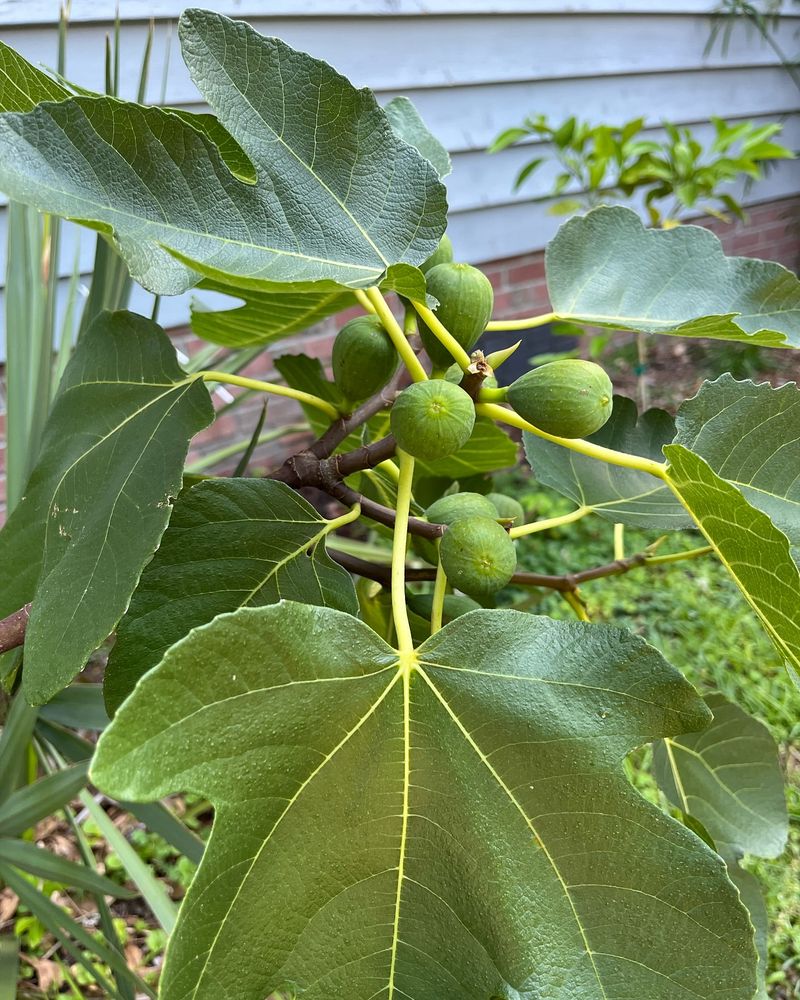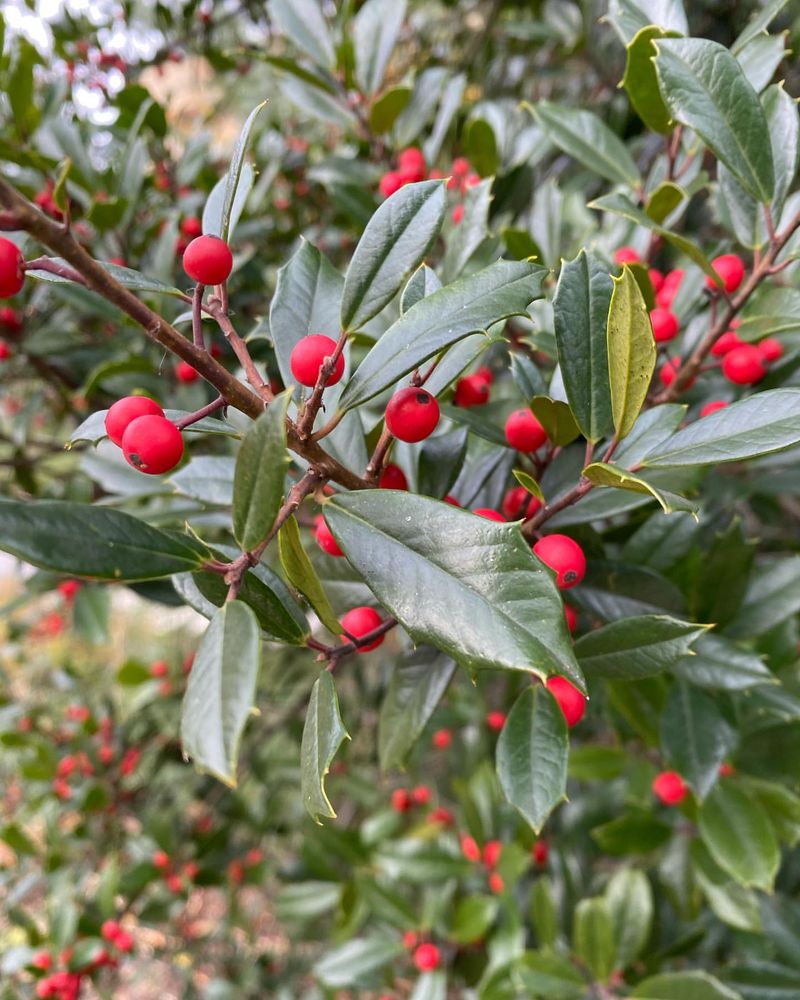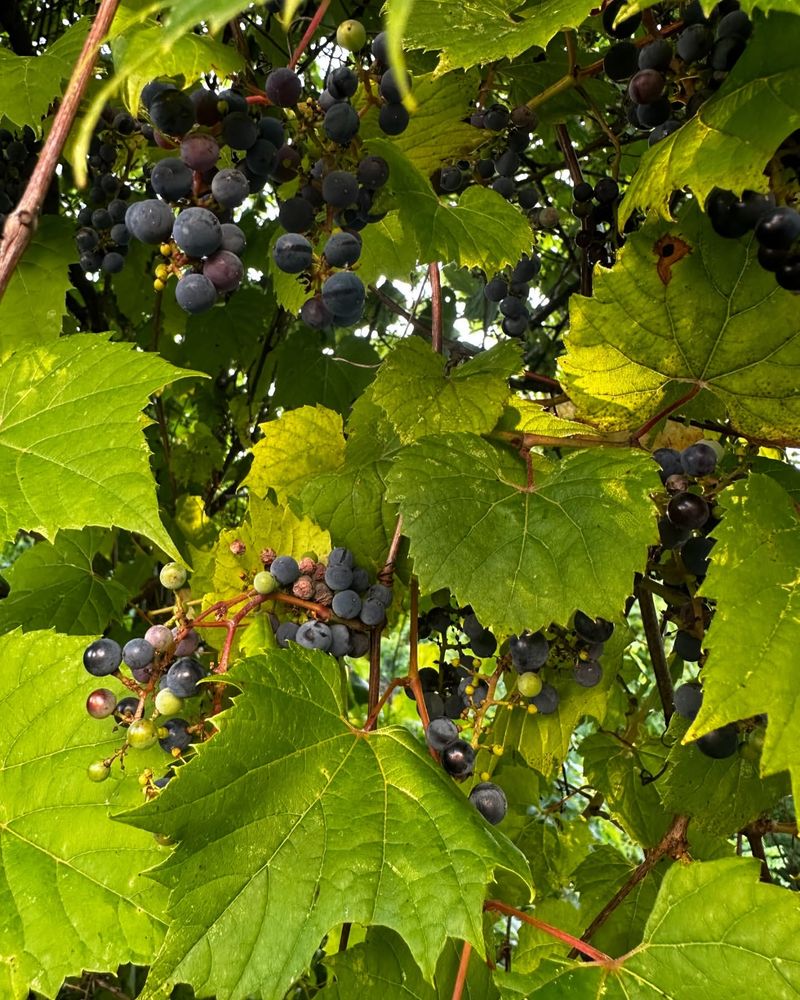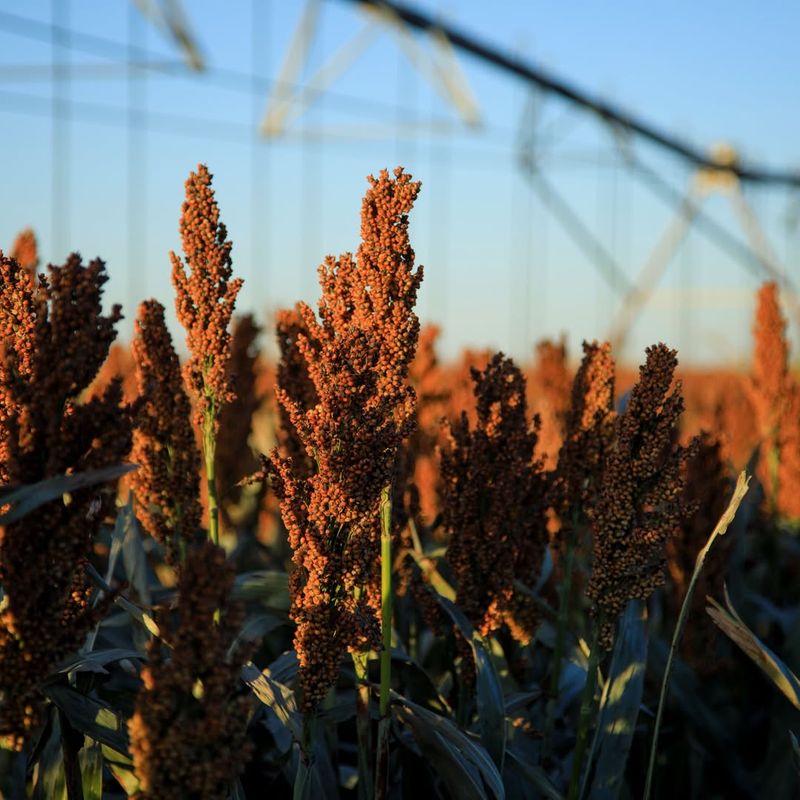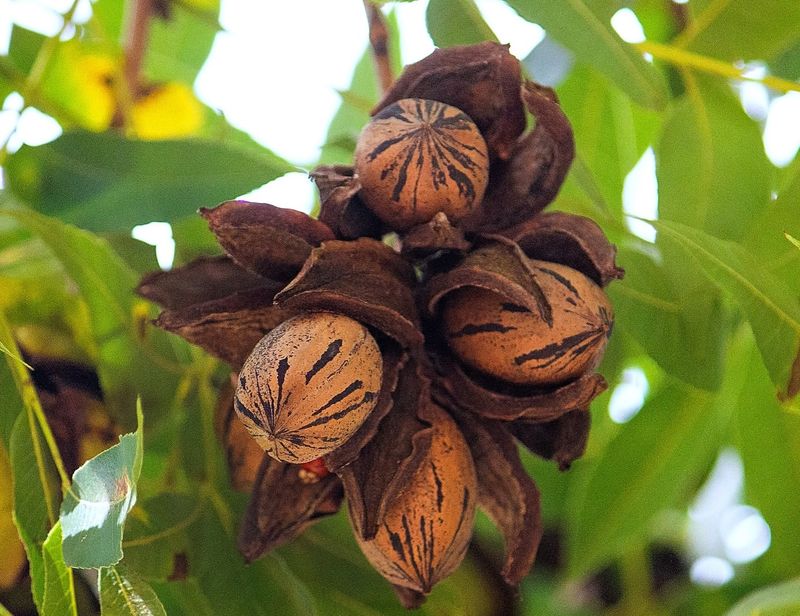Crows are fascinating and intelligent creatures, often misunderstood but vital to ecosystems. Attracting them to your garden can enhance biodiversity and offer natural pest control. With a variety of plant choices, your garden can become a haven for these enigmatic birds.
Each plant serves a unique purpose in drawing crows, whether through providing food, shelter, or materials for nesting.
1. Sunflower
Bright yellow giants towering over most common garden plants can be a magnet for crows. The seeds, packed with nutrients, serve as a delectable treat. Planting these in clusters creates a striking visual display, attracting not only crows but also other birds and insects.
When the sun shines, these flowers follow its path, making them a dynamic addition to any outdoor space. As the season progresses, the seeds mature, providing an excellent source of food. Ensure they are positioned in a sunny spot for maximum growth and attraction.
2. Corn
Tall and majestic with rustling leaves, this garden staple is a favorite for crows. The kernels are sweet and nutritious, drawing these intelligent birds in droves. Planting them in neat rows not only provides food but also shelter.
As the plants grow, they create a natural maze, perfect for exploration. Harvest time becomes a feast, with crows often seen darting between stalks. Regular watering and full sun are essential for a thriving crop. Including this in your garden ensures a lively, bustling environment.
3. Elderberry
These dense shrubs, adorned with clusters of tiny berries, are a feast for many bird species. Crows, with their keen eyesight, quickly spot the dark purple fruits. Not only do they enjoy the berries, but the dense foliage offers shelter.
Ideal for garden edges, they add a touch of wild beauty. In late summer, the bushes are heavy with fruit, attracting wildlife. Regular pruning maintains their shape and productivity. Elderberries thrive in moist, well-drained soil, making them versatile additions to any garden setting.
4. Walnut Tree
Known for their robust and spreading branches, these trees offer both food and nesting sites. Crows are particularly fond of the nuts, utilizing their intelligence to crack open the hard shells. This tree’s expansive canopy provides ample shade and shelter.
With a majestic presence, it dominates the landscape, becoming a focal point of any yard. Patience is required, as growth can be slow, but the rewards are plentiful. Regular care ensures a healthy tree that supports a diverse array of wildlife.
5. Oak Tree
Majestic giants with far-reaching branches, these trees are a haven for crows. Acorns, their fruit, are a staple in the avian diet, providing essential nutrients. The grandeur of this tree offers ideal nesting territories.
Throughout the seasons, it transforms, offering beauty and sustenance. Planting one not only aids in attracting wildlife but also enhances the landscape. Regular maintenance keeps it healthy, ensuring its longevity. With deep roots, these trees become a lasting legacy for future generations to enjoy and admire.
6. Chokecherry
Small, glossy cherries adorn this shrub, drawing crows with their rich flavor. The plant’s dense structure offers both food and protection, making it a favorite haunt for these birds. Often found on the outskirts of gardens, it adds a touch of wilderness.
During late summer, the branches become heavy with fruit, ready for the picking. This hardy plant thrives in a variety of soil conditions. Regular pruning helps maintain its shape and encourages new growth, ensuring a bountiful crop each year.
7. Hawthorn
Bright red berries peppered among thorny branches make this tree a crow favorite. The fruits are not only nutritious but also abundant, providing sustenance through colder months. Its thorny nature offers protection, creating a secure habitat.
Often used in hedgerows, this tree thrives in many landscapes. In spring, it bursts into bloom, adding seasonal interest. Careful placement can enhance garden aesthetics while supporting local wildlife. Regular pruning shapes its growth, making it a versatile garden addition.
8. Mulberry Tree
Dark, juicy berries hanging from the branches of this tree are irresistible to crows. The fruits, sweet and succulent, provide much-needed nourishment. As the berries drop, they create a feast on the ground below.
This tree not only feeds wildlife but also adds visual interest with its large, lobed leaves. It thrives in well-drained soil and requires minimal maintenance, making it a practical choice. Strategically placing this tree in your yard can attract a diverse range of birds, enhancing the ecosystem.
9. Serviceberry
Delicate white blossoms give way to clusters of sweet, purple berries. Crows are drawn to these fruits, enjoying the bounty they offer. The bush’s compact size makes it suitable for smaller gardens.
As a native plant, it supports local wildlife, providing food and habitat. In autumn, the foliage turns vibrant hues, adding seasonal color. Regular pruning encourages fruit production and maintains its shape. A versatile addition, it thrives in various conditions, ensuring its place in any garden.
10. Pine Tree
Tall and stately, these evergreens offer more than just visual appeal. The cones are a valuable food source, while the branches provide shelter. Their towering presence attracts wildlife, including curious crows.
Ideal for larger spaces, these trees create a natural haven, supporting diverse ecosystems. In winter, they stand resilient, offering greenery amidst barren landscapes. Regular care ensures their health and longevity, making them a lasting feature. Planting these can transform your garden into a thriving sanctuary for avian visitors.
11. Beech Tree
Smooth, gray bark and dense foliage characterize this majestic tree. Its nuts are a staple for many birds, including crows. The expansive canopy offers ample nesting and roosting space.
In the fall, it transforms into a golden spectacle, adding seasonal interest. This tree requires space to flourish, making it a focal point in any landscape. Regular pruning promotes health and enhances its striking appearance. A beech tree in your garden provides both beauty and a vital resource for wildlife.
12. Cedar Tree
The aromatic wood and lush foliage of this tree make it a garden favorite. Its cones are a source of nourishment for crows, who often use the tree for nesting. The evergreen nature provides year-round shelter and greenery.
With its distinctive scent and towering form, it adds a touch of wilderness to any setting. Choosing a suitable location ensures its growth and longevity. Regular maintenance keeps it healthy, supporting both its ornamental and ecological roles. This tree is an asset to any wildlife-friendly garden.
13. Rowan Tree
Clusters of vibrant red berries make this tree a standout in any garden. The fruits are not only visually appealing but also attract hungry crows. Its slender form fits well in various settings, from gardens to urban landscapes.
In folklore, it’s often associated with protection and magic. In autumn, the foliage turns fiery shades, enhancing its charm. Regular pruning encourages healthy growth and berry production. A rowan tree can become a focal point, drawing both wildlife and admiration from visitors.
14. Cherry Tree
Sweet, red cherries dangling from branches are irresistible to crows. The tree’s blossoms herald spring, while the fruits provide a summer feast. Its compact size suits smaller gardens, offering visual interest and productivity.
Regular care, including pruning and feeding, ensures a healthy yield. The bark and branches provide perching spots, making it a popular choice for avian visitors. Including a cherry tree in your garden brings beauty and sustenance, supporting the local ecosystem. It stands as a testament to nature’s bounty.
15. Hazel Tree
Rich, brown nuts nestled among the leaves make this tree a favorite for crows. The nuts are packed with energy, supporting the dietary needs of many birds. Its multi-stemmed form provides shelter and nesting sites.
Often found in woodlands, it brings a touch of the wild to your garden. In spring, it produces catkins, adding early seasonal interest. Regular pruning and care ensure a healthy, productive tree. A hazel tree is not only a source of food but also a contributor to biodiversity.
16. Juniper
The aromatic foliage and blue cones of this shrub are a draw for many birds. Crows, in particular, find the berries appealing. This hardy plant thrives in various conditions, making it a versatile garden choice.
Its dense structure offers shelter, supporting a range of wildlife. In winter, it adds greenery and texture, standing resilient against harsh conditions. Regular clipping maintains its shape and encourages new growth. Including juniper in your yard supports both avian visitors and garden aesthetics, creating a harmonious environment.
17. Blackberry
Tangled vines heavy with dark, luscious berries make this plant irresistible. Crows are known to feast on these fruits, enjoying their sweet flavor. The thorny structure provides cover and protection, making it ideal for nesting.
Often found in hedgerows, it brings a wild charm to gardens. Regular pruning encourages fruit production and keeps growth in check. This plant thrives in a sunny spot with well-drained soil, ensuring a bountiful harvest. Adding blackberries to your garden creates a vibrant, inviting space for wildlife.
18. Persimmon Tree
Bright orange fruits dangling from branches are a delight for many birds. Crows find these succulent treats irresistible, often seen feasting on them. The tree’s glossy leaves add to its appeal, fitting well in any garden setting.
As the fruits ripen, they provide a burst of color and nutrition. Regular care, including pruning and feeding, ensures its health and productivity. A persimmon tree not only supports local wildlife but also adds aesthetic value, making it a cherished addition to any yard.
19. Blueberry Bush
Clusters of sweet, blue berries nestled among green foliage make this bush a favorite for crows. The fruits provide a rich source of nutrition, attracting a variety of birds. Its compact size suits smaller garden spaces.
Regular pruning promotes fruit production and maintains its shape. Planted in acidic, well-drained soil, it thrives, ensuring a bountiful harvest. Adding blueberries to your garden supports not only wildlife but also adds a touch of culinary delight. These bushes stand as a testament to nature’s abundance.
20. Raspberry Bush
Vibrant red raspberries hanging from thorny canes are a draw for crows and other birds. The fruits are sweet and juicy, providing essential nourishment. The bush’s structure offers shelter, attracting avian visitors for both food and safety.
Regular pruning encourages new growth and fruit production. Planted in a sunny spot with well-drained soil, it thrives and rewards with a bountiful harvest. Including raspberries in your garden adds beauty and sustenance, creating a welcoming space for wildlife.
21. Crabapple Tree
Small, tart fruits hanging from branches make this tree a hit with crows. The fruits, though small, are packed with nutrients. The tree’s compact size makes it suitable for various garden spaces.
In spring, it blooms with delicate flowers, adding seasonal beauty. Regular care, including pruning, ensures a healthy tree with abundant fruit. Planting a crabapple tree in your garden supports wildlife while enhancing the landscape with both visual and ecological value. It stands as a symbol of nature’s intricate balance.
22. Fig Tree
Broad leaves and sweet, succulent fruits characterize this tree. Crows are often seen pecking at the ripe figs, drawn by their rich flavor. The tree’s large leaves offer shade and shelter, making it a popular choice for gardens.
With regular care, including pruning and feeding, it produces a healthy yield. Its presence adds a touch of the exotic to any garden setting. A fig tree not only attracts wildlife but also contributes to the garden’s diversity and aesthetic appeal. It stands as a testament to nature’s bounty.
23. Holly Bush
Shiny, evergreen leaves and clusters of bright red berries make this bush a standout in any landscape. Crows, along with other birds, are attracted to the berries. The dense structure offers protection and shelter.
In winter, it provides greenery and food when resources are scarce. Regular pruning maintains its shape and encourages berry production. Planting a holly bush in your yard supports local wildlife and adds a splash of color throughout the year. It stands resilient, enhancing the garden’s charm and biodiversity.
24. Grapevine
Twisting vines laden with juicy, purple grapes are a feast for crows. The fruits provide a rich source of energy, attracting various birds. Aesthetically pleasing, grapevines add an element of sophistication to gardens.
Regular pruning ensures healthy growth and a bountiful harvest. Planted in sunny spots with well-drained soil, they thrive and reward with sweet, succulent grapes. Incorporating grapevines into your garden supports wildlife and enhances its visual appeal, creating a vibrant ecosystem that is both productive and attractive.
25. Sorghum
Tall stalks topped with grain heads make this plant a favorite for crows. The grains are a rich source of nutrition, drawing in birds from afar. Planted in rows, it provides both food and shelter.
As the plants sway in the breeze, they create a dynamic landscape. Regular watering and care ensure a healthy crop. Including sorghum in your garden supports wildlife and adds a touch of the agricultural to your space. It stands as a testament to the harmonious coexistence of nature and cultivation.
26. Pecan Tree
Broad branches laden with nuts characterize this majestic tree. Crows are skilled at accessing the nutritious pecans, making the tree a popular feeding site. Its expansive canopy offers shade and habitat.
With regular care, including pruning, it thrives and supports a diverse array of wildlife. The tree’s presence enhances the landscape, adding both beauty and functionality. Planting a pecan tree in your garden provides a lasting legacy, supporting ecosystems while offering a delicious, renewable resource for avian visitors.

